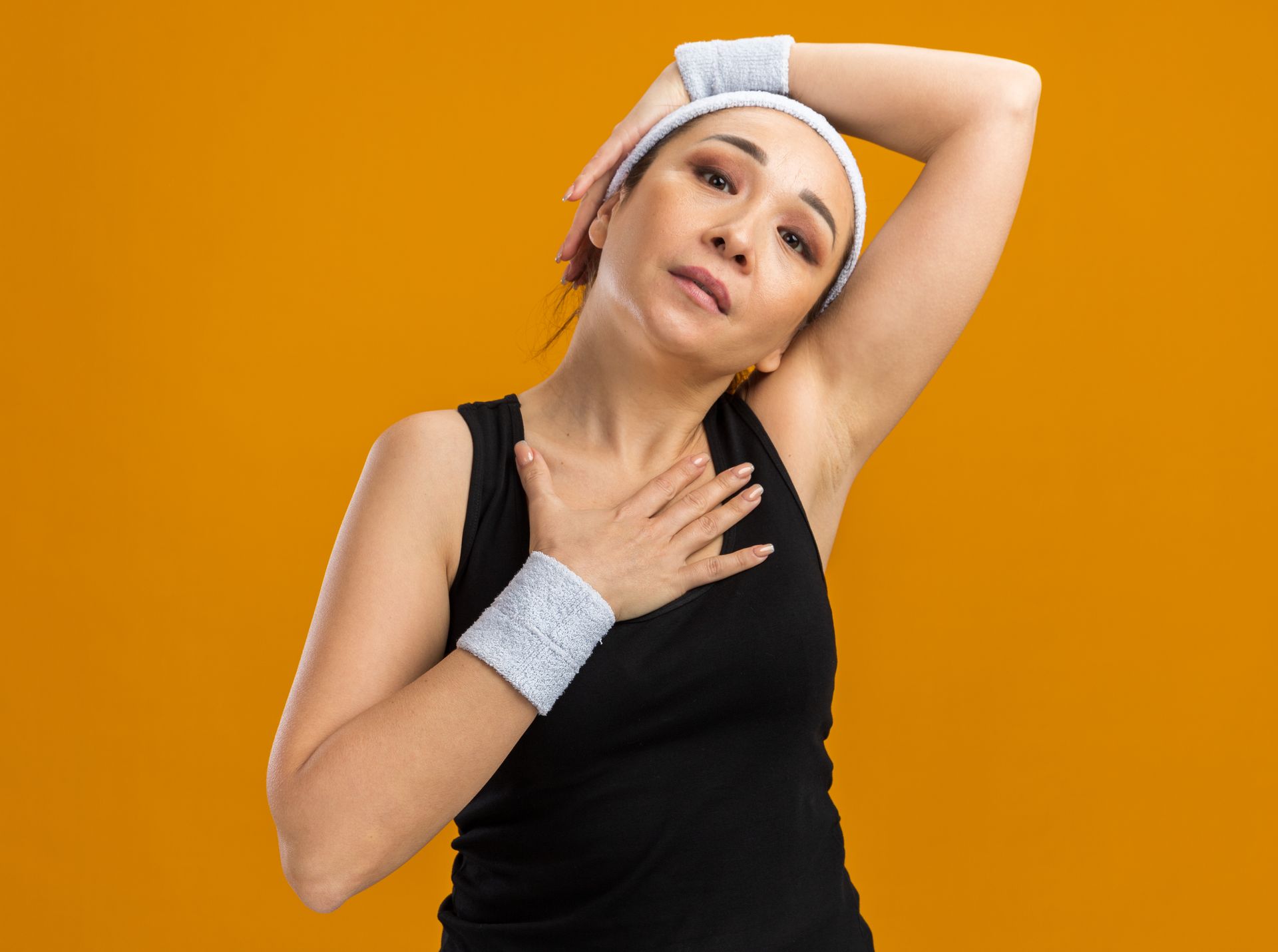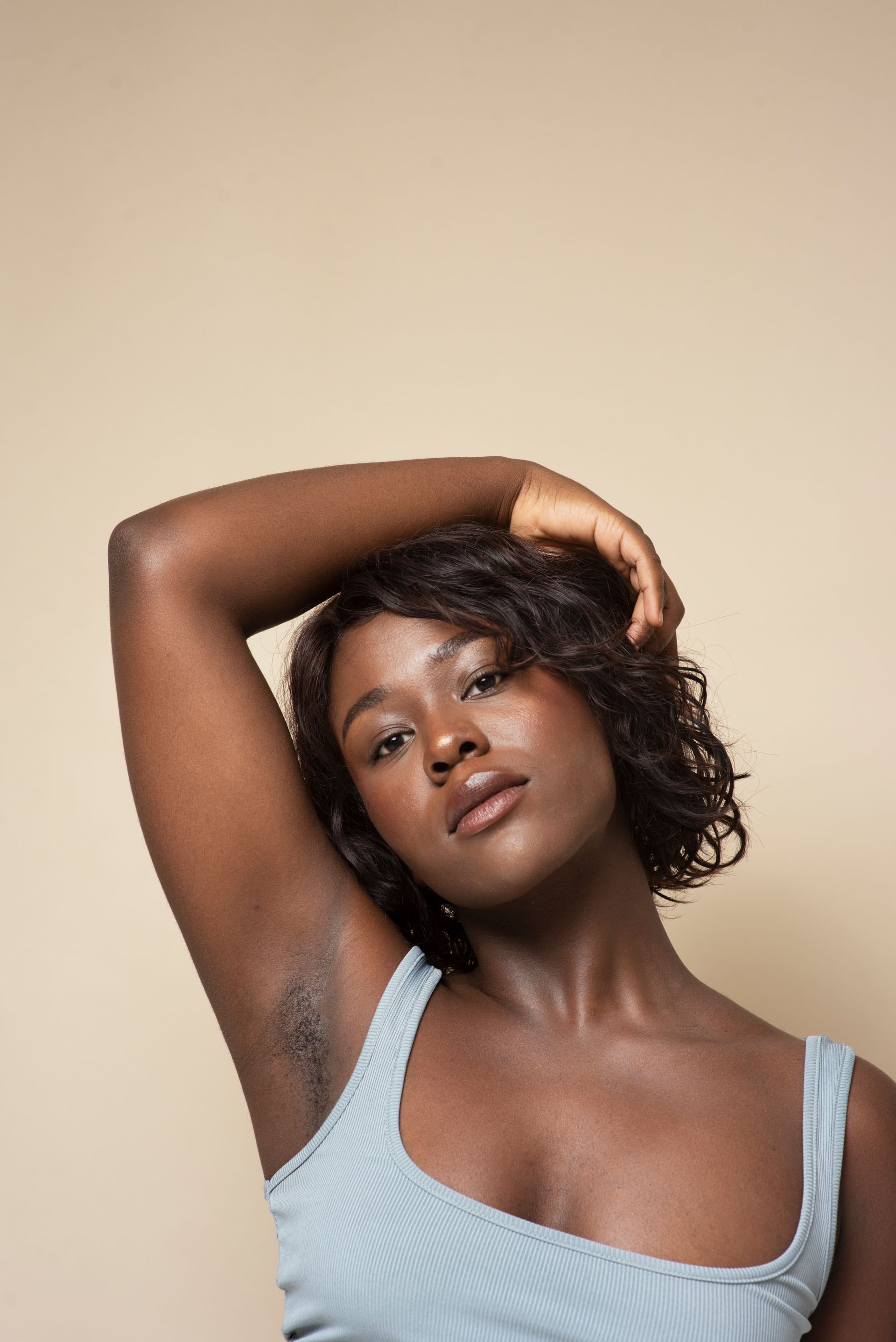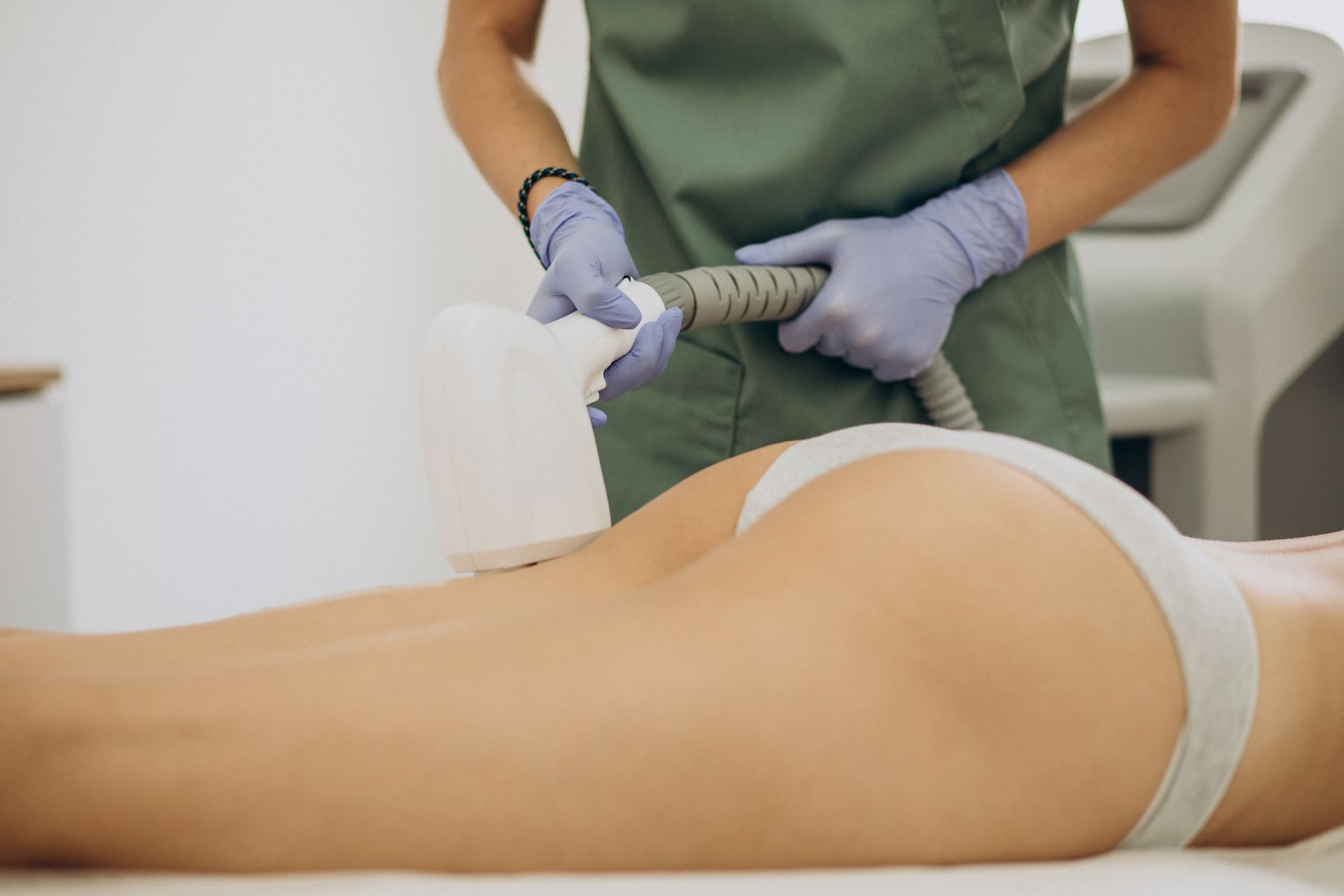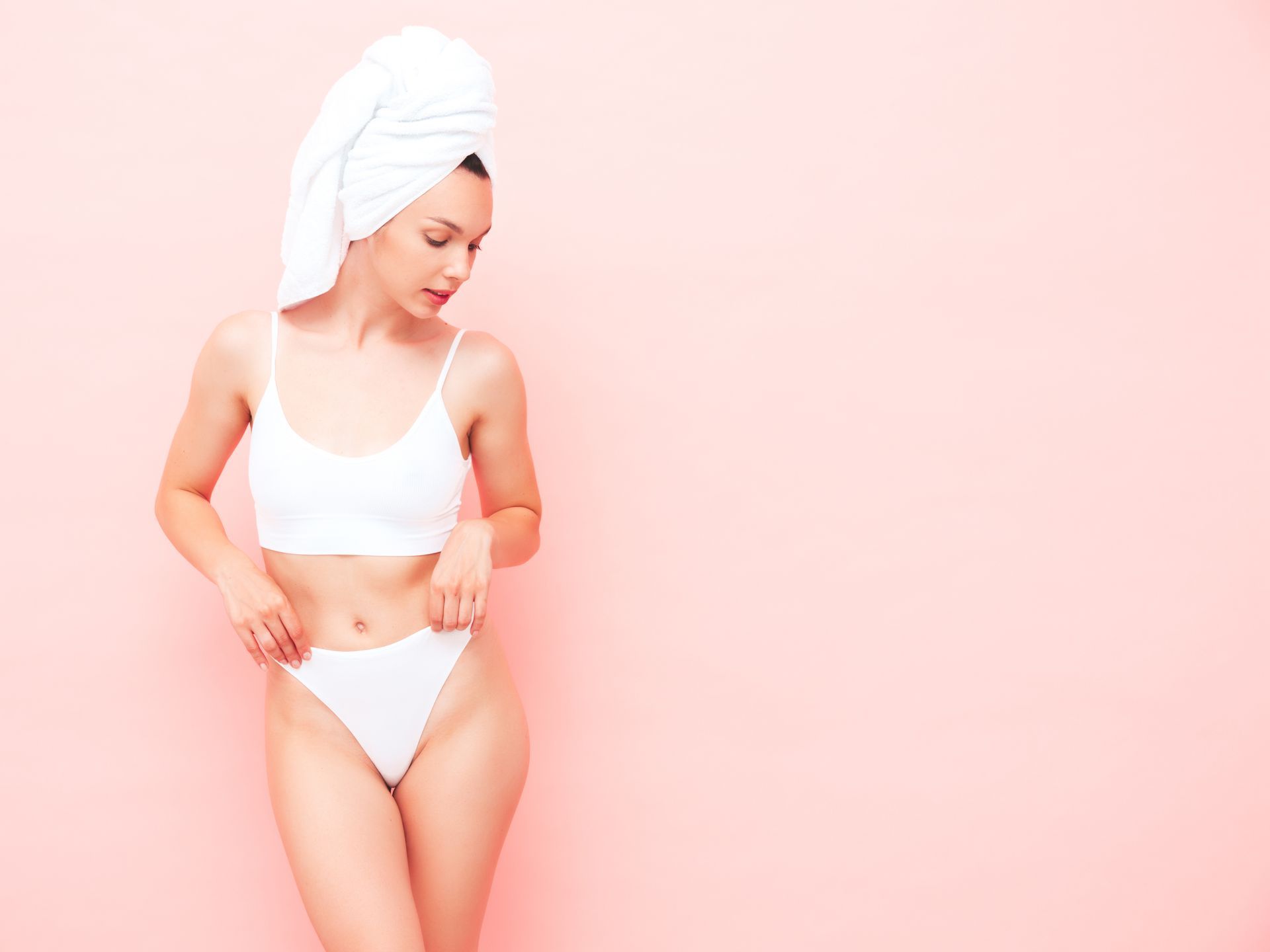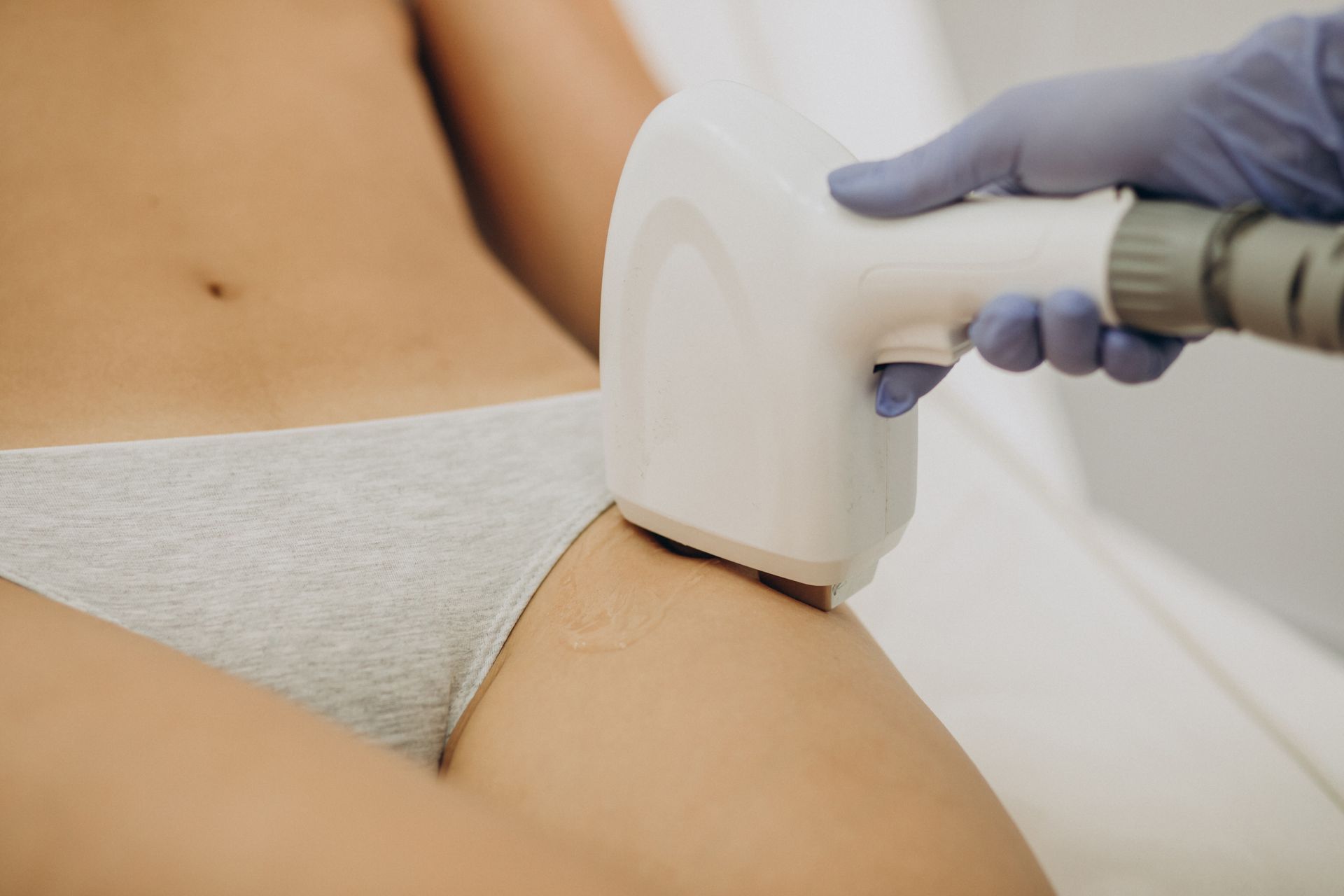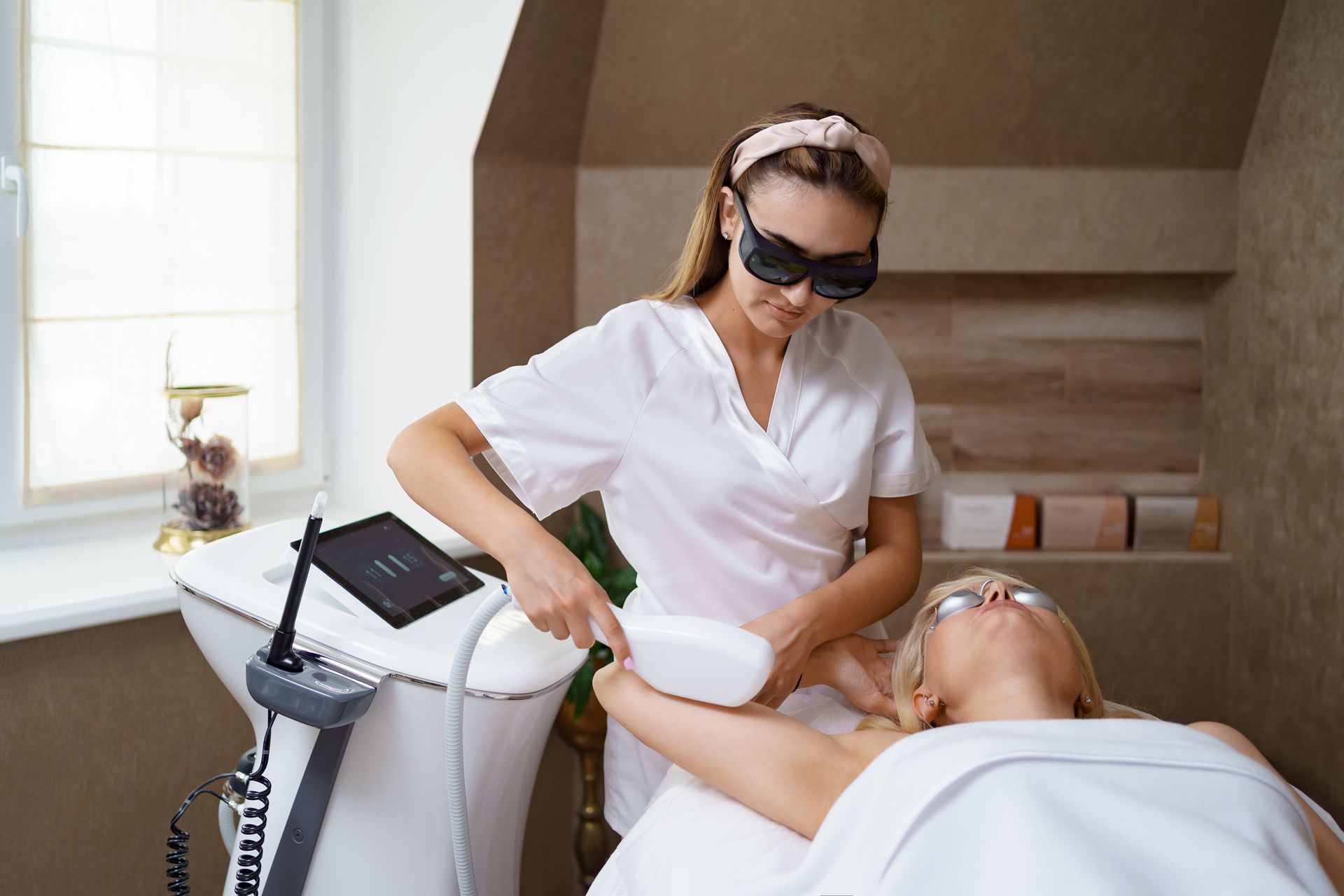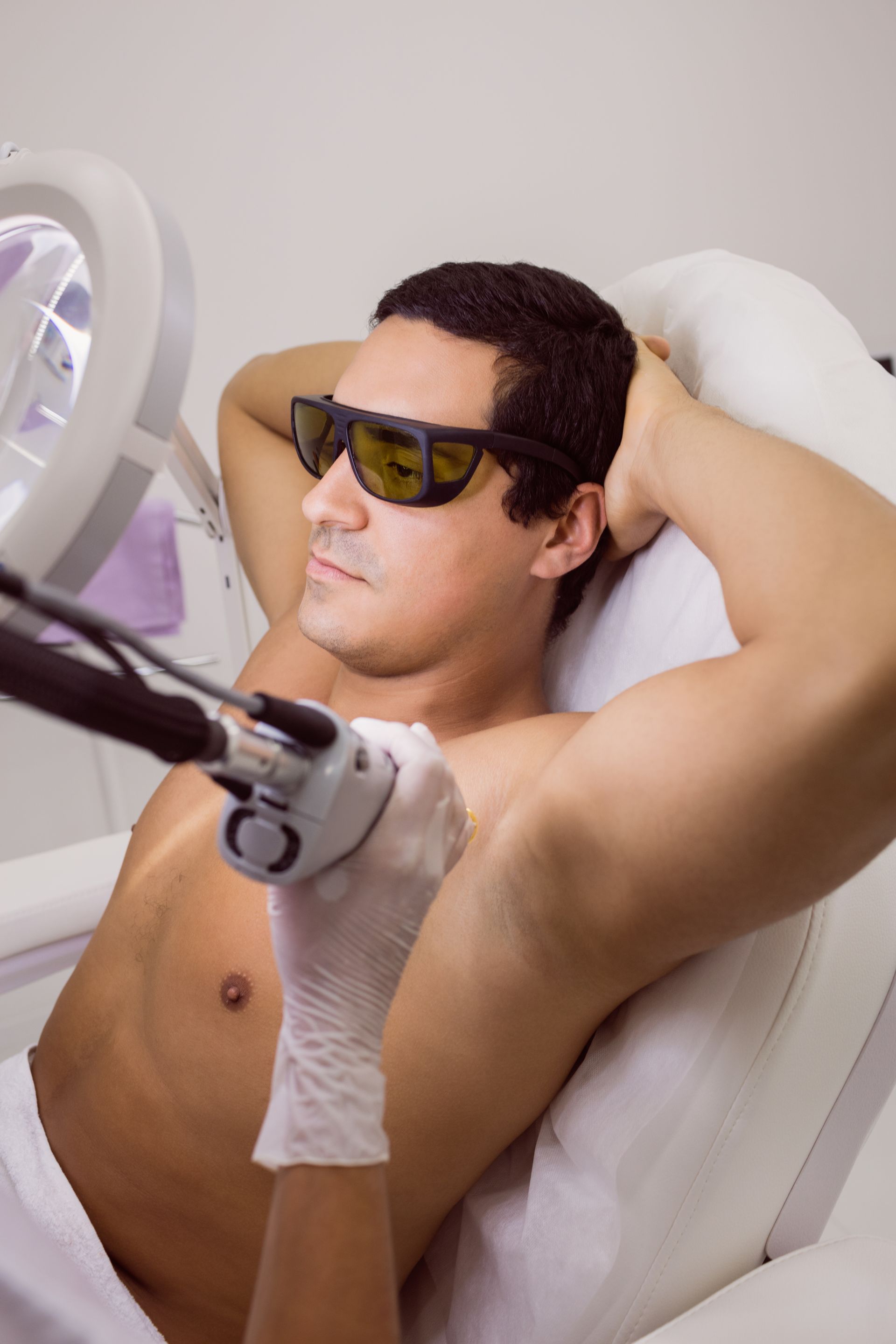What Not to Do Before and After Underarm Laser Hair Removal
Underarm laser hair removal is one of the faster and most effective treatments available—but understanding the right prep and aftercare can make the difference between flawless success and avoidable setbacks. Here’s exactly what you should avoid before and after your session.
Does Underarm Laser Hair Removal Hurt?
What Not to Do before Underarm Laser Hair Removal
- Pluck, wax, or use depilatory creams: Laser targets hair follicles, so removing the hair root in advance prevents it from being treated. Stop these methods at least 4–6 weeks before your session to allow follicles to regrow.
- Expose the skin to the sun or tanning: Sunburn or a tan increases melanin, raising the risk of burns or hyperpigmentation from the laser. Avoid sun exposure and self-tanning for at least six weeks prior to your appointment.
- Use active skincare ingredients: Retinoids, AHAs, BHAs, benzoyl peroxide, or physical exfoliants can thin or irritate the skin. Stop using them at least 3–7 days before treatment to minimize sensitivity.
- Take blood-thinning medications or alcoholic beverages: NSAIDs, aspirin, and some antibiotics can increase photosensitivity or bruising risk. Avoid these substances for 48 hours before your session and skip alcohol and caffeine for at least 24 hours prior.
- Apply products on treatment day: On the day of the session, arrive with clean, dry skin—no lotions, deodorant, oil, or makeup. These can interfere with laser penetration or adversely react.
- Wear tight or abrasive clothing: Clothing that rubs the underarm can cause friction and sensitivity, so opt for loose, breathable garments on treatment day.
What Not to Do After Underarm Laser Hair Removal
- Skip protective care or go bare-skin after: Treated skin may feel like a mild sunburn. Avoid direct sun exposure for 1–2 weeks post-treatment. When outside, always use broad-spectrum SPF 30+, or wear protective clothing.
- Take hot showers, baths, or use saunas: Heat can exacerbate redness and irritate the skin. Stick to cool or lukewarm showers for at least 48 hours, and skip steam rooms, bals, and hot tubs.
- Exfoliate too soon: Avoid scrubs or exfoliants for 5–7 days to prevent damaging the healing skin. After that, gently exfoliate if needed—but stay gentle.
- Scratch, pick, or rub: Itching is normal, but scratching can cause blistering, scarring, and pigmentation changes. Pat and soothe with aloe vera or fragrance‑free moisturizers instead.
- Wear deodorant immediately after: Deodorants can irritate inflamed follicles. Wait at least 24–48 hours before reapplying; if skin is still sensitive, extend to 72 hours. Choose fragrance-free, mild formulas when you return to deodorant.
- Exercise or sweat heavily: Increased circulation and friction from sweat can irritate treated skin. Avoid strenuous workouts for 24–48 hours post-session.
- Shave too soon: Wait at least 72 hours before shaving post-treatment to avoid shaving over irritated follicles. After that, shave gently if needed between sessions (no waxing or plucking).
- Apply skincare actives immediately: Continue to avoid retinoids, acids, or other active products in the treated area for at least a week.
- Schedule other skin treatments too soon: Wait at least two weeks before any chemical peels or microdermabrasion to avoid compounding irritation. Avoid waxing or threading at all during the course of treatment.
Can I Use Deodorant After Underarm Laser Hair Removal?
Reddit Feedback
Real user experiences emphasize the importance of caution. One shared a negative outcome after an overly intense session:
“They cranked up the intensity… felt like burning, and the lymph nodes in that area have been sensitive ever since.”
Another user debunks the idea that shaving delays results:
“Shaving only cuts the hair itself. What they don’t want is waxing or plucking... shaving is fine.”
Other anecdotes confirm improved comfort over time and satisfaction with results when proper timing and care are maintained.
Why These Avoidances Matter
- Sun exposure and active skincare increase risk of hyperpigmentation and blistering.
- Waxing or plucking disrupts the hair follicle, reducing laser effectiveness.
- Heat, friction, sweat, or harsh products delay healing and may worsen inflammation.
- Shaving too early risks irritation, while picking the skin may cause scars.
Does Underarm Laser Hair Removal Really Work?
Best Practices to Follow Instead
- Shave the treated area 24 hours before session—not too close, not too long.
- Apply a cool compress immediately after to ease redness or swelling.
- Use aloe vera or fragrance-free moisturizers for the first 3–4 days (no actives).
- Wear loose, cotton clothing to avoid friction.
- Keep the treated area clean, dry, and cooled for at least 48 hours.
- Drink plenty of water and minimize caffeine to keep skin calm.
- Follow sunscreen protocol before and after treatments.
Final Thoughts
Knowing what not to do before and after your underarm laser session is just as important as the treatment itself. These precautions reduce side effects, promote healing, and ensure you'll get the longest-lasting, safest results. If anything feels off—like blistering, persistent swelling, or unusual pigmentation—reach out to your provider right away.
Make every session count by avoiding disruptive behaviors from the prep phase through to the healing phase. Then you're set to enjoy smoother, hair-free underarms with confidence.

